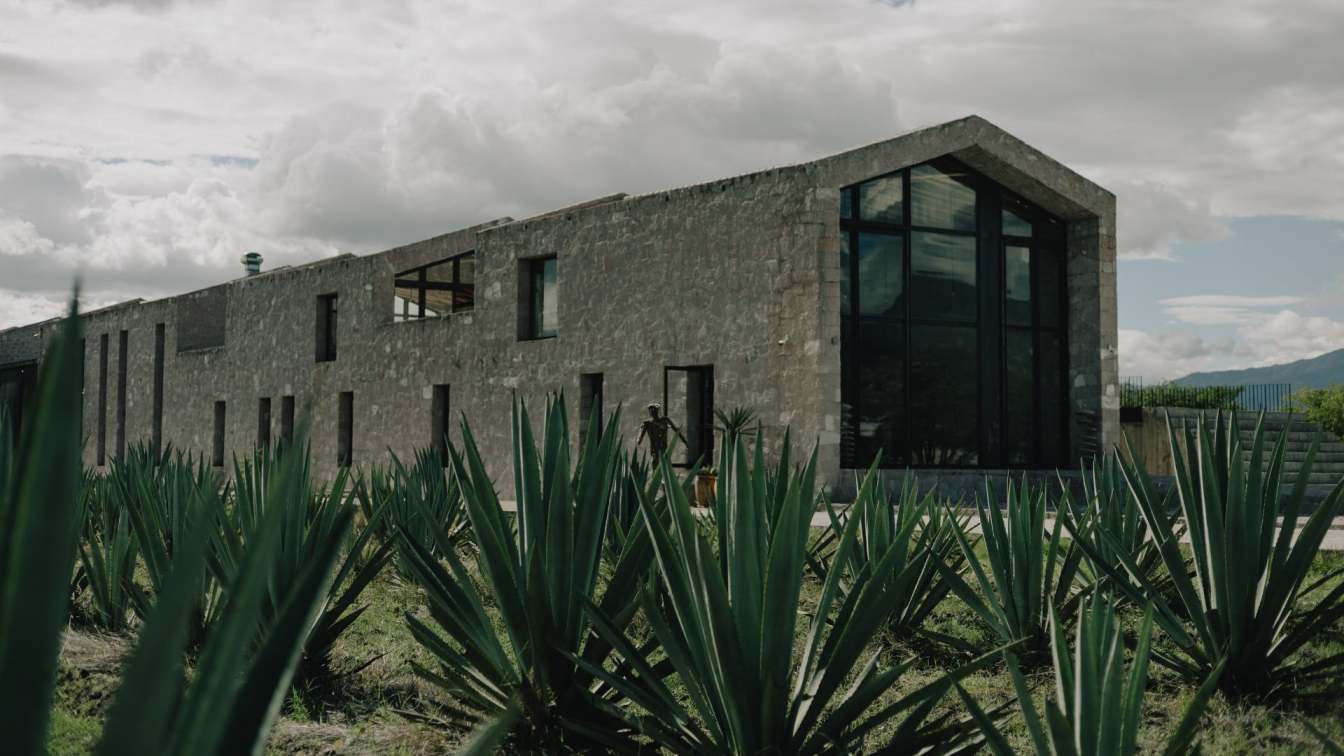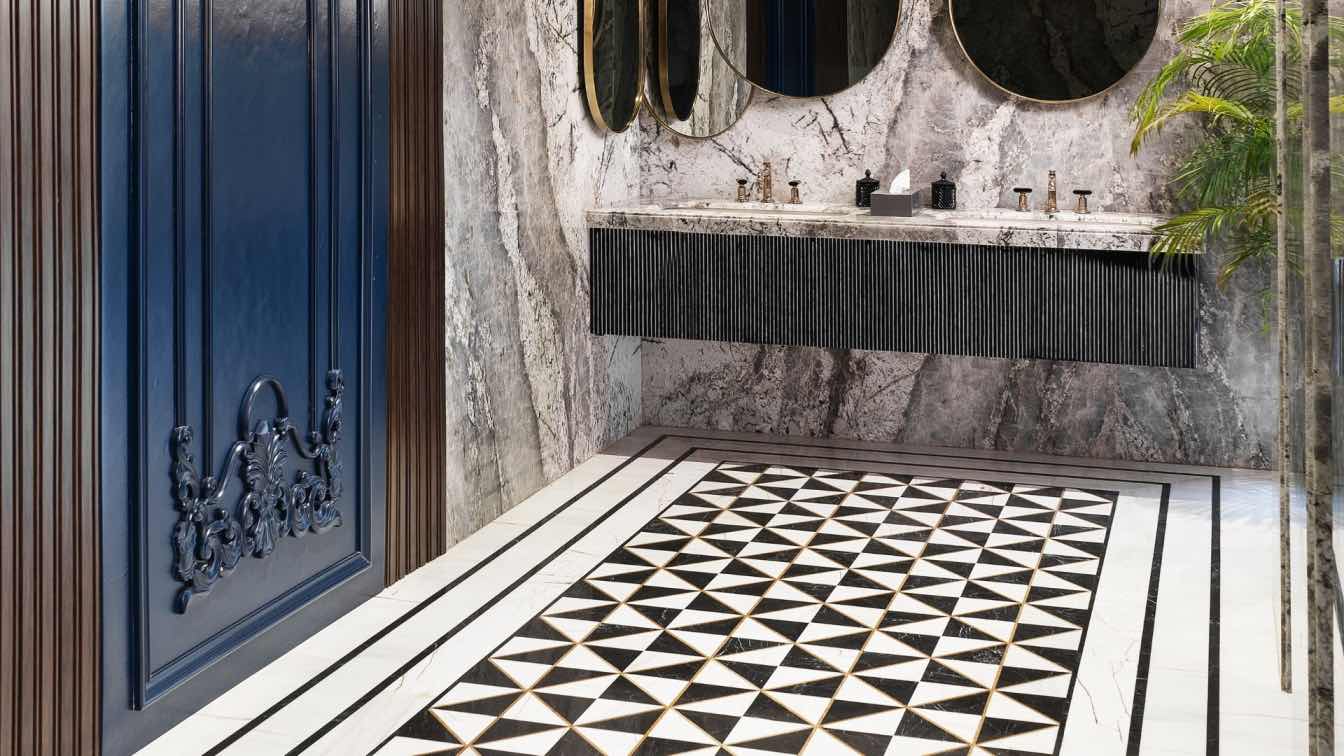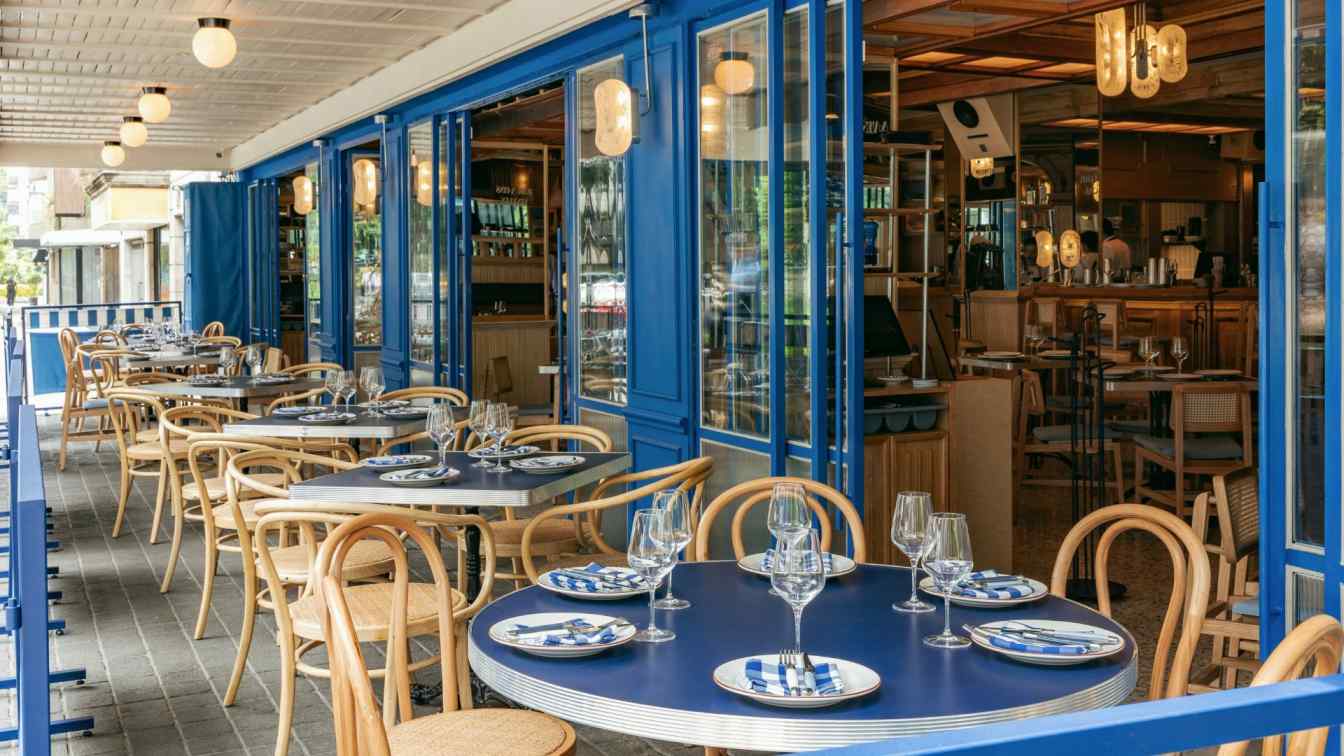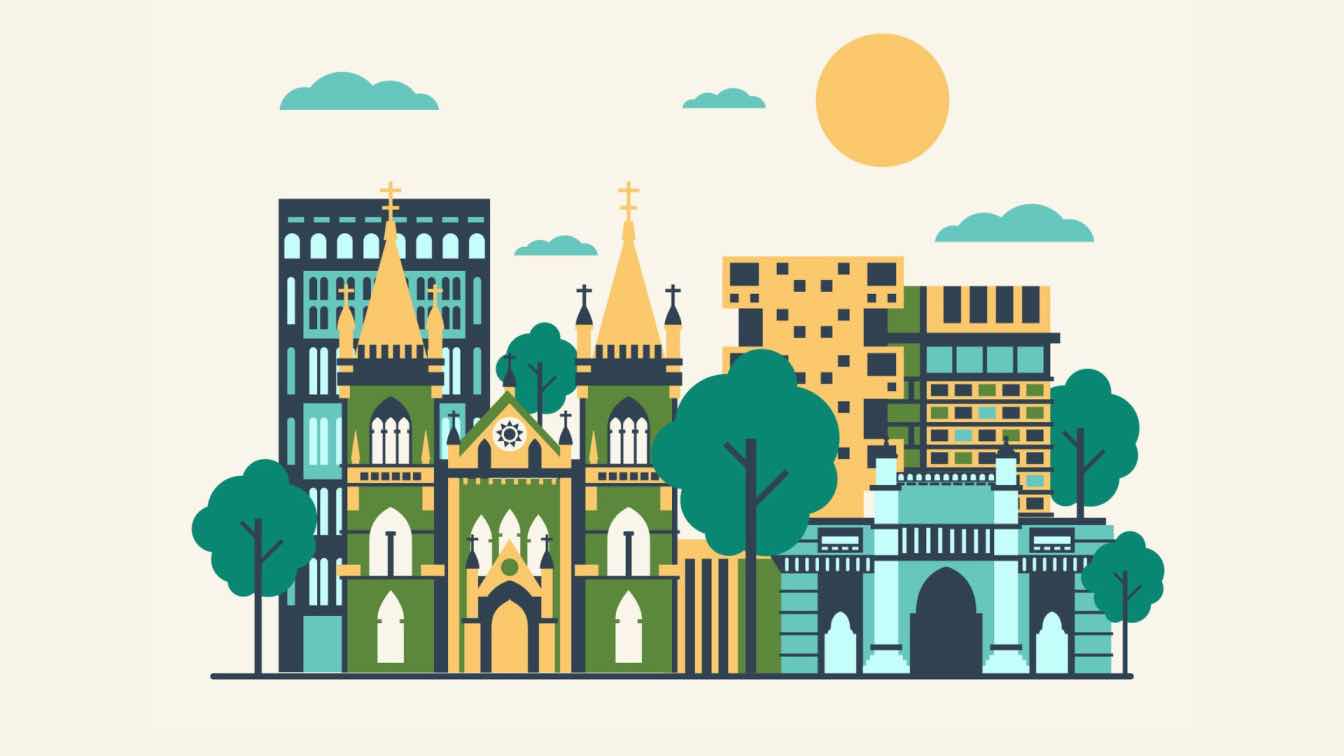The renowned architecture studio headed up by João Boto Cæiro sets out an expansion plan for Rancho Cebú, a versatile complex located in Tlacolula de Matamoros, organized around the layout of its gardens and the rebirth of its ecosystem.
Rancho Cebú is a project first begun in 2017 by the creative workshop RootStudio, intended for agave cultivation. The team, led by João Boto Cæiro, has planned each area of this multi-purpose ranch, starting with the distillery and its requirements—such as storage warehouses, service area, and ovens—together with a residence for visiting artists, a hotel and a two hectare garden. This latter comprises native plants rescued from the works to widen the highway to Matamoros, which is the road that passes through the different areas of the complex.
A large huizache (aromo) tree is located on the land, next to which other saplings of the same species have been planted, generating a plantation in rows that are already over three meters in height. In addition, 1,300 oak trees have been planted, which will contrast with the yellow flowering of the garden located in front of the distillery. Other areas have been planted with cacti, agaves, mesquites and marigold (together with Luis Zárate), the spring garden (together with Guillermo Olguin), and a tropical zone, among others. For more than seven years, RootStudio has kept watch over the development of these plants that are allowed to grow freely.
Collaborative work is one of the foundations of RootStudio. In the garden there is a large water tank inspired by the agave “pineapple” and the pre-Hispanic fretwork found on the ruins of Mitla, made of metal by the Oaxacan artist Luis Zárate. This tank not only fulfills its function of providing water to the entire complex, but also serves as a distinctive icon that allows the location of the ranch to be identified from a distance, without the need for signs or other objects that would interrupt the natural line of the Sacred Valley of Tlacolula. An 80-meter long path, formed by a reflecting pool of water flanked by cactus plants, connects the different areas with the distillery.

The distillery building has a surface of 3,500 square meters, distributed over 3 levels and located in a 10 hectare field. It was built with pink stone from the same quarry used for the colonial-period church in Mitla and, along the 80-meter facade, the artisanal construction technique used for the walls makes each hand-sculpted block different. The cellar is buried to favor the ageing process of the mezcals, while the roofs have a bamboo structure, arranged in the form of a traditional Oaxacan weave. The terraces act as a visual break, dividing the main block into a series of smaller buildings. This generates, on one side, views towards the mountains and, on the other, to the cave paintings of Yagul.
Rancho Cebu is the first distillery in Oaxaca to offer accommodation. Since 2022, the RootStudio team has focused on creating a hotel for the complex, built using disused ovens from other distilleries. The bricks have been arranged the same way as in the old kilns, recreating the local building tradition with their shape. The resulting structures are independent bungalows with capacity for two people, eight at ground level and a further three partially sunk into the earth, so that from a distance they may be perceived as an arrangement of objects that have always been part of the history of the ranch, and that blend into the landscape. On the rooftop there is an open-air bathtub and a lookout also with views of the cave paintings.
For a later stage, the construction of a church and more bungalows is planned—six built of sheet metal and a further eight of adobe walls combined with agave fiber (obtained as waste material from the harvests)—to make a total of 30 rooms.

he variety of materials chosen exemplifies how—just as in the case of agriculture—diversity adds value to the ecosystem. To compensate for the agave monoculture, for example, and following the principles of biodynamic agriculture, corn, squash and beans have been interspersed with them, both providing nutrients to the agave plant and serving as food for the community. In the gardens, the coexistence of different plants has generated an environment that encourages the return of endemic fauna.
For the project, RootStudio made it clear that, both in the conceptualization and in the physical implementation, the distillery should not only use artisanal elements in its construction—that is, made by hand with fully sustainable materials—but should also favor the harmonious growth of the whole complex, so that each new construction or planting would help preserve the local ecosystem.
RootStudio reaffirms its commitment to the community through this constantly evolving project that emphasizes the value of Oaxaca’s natural environment.






























